Austria publishes arts chiefs salaries
mainThe ones you need to know:
Helga Rabl-Stadler, president of the Salzburg Festival, made 212,700 euros in 2017 rising to 218,300 euros in 2018.
Markus Hinterhäuser, artistic director, and Lukas Crepaz, commercial director, averaged 235,100 euros in 2017 and 226,900 euros the year after.
Bregenz Festival, artistic director Elisabeth Sobotka made 194,800 euros (2017) and 211,700 euros (2018).
The salary of Dominique Meyer, director of the Vienna State Opera, has not been separately released. It is issued as an average joint figure with the commercial director: 244,200 euros in 2017 and 248,500 euros the following year.
These salaries are, of course, a tiny fraction of the US $1m+ emoluments awarded to Peter Gelb at the Met, Clive Gillinson at Carnegie Hall and Deborah Borda at the New York Philharmonic.
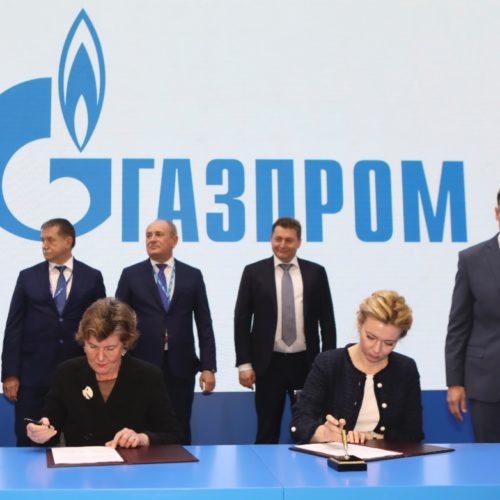
Rabl-Stadler pictured with her Russian gas partners

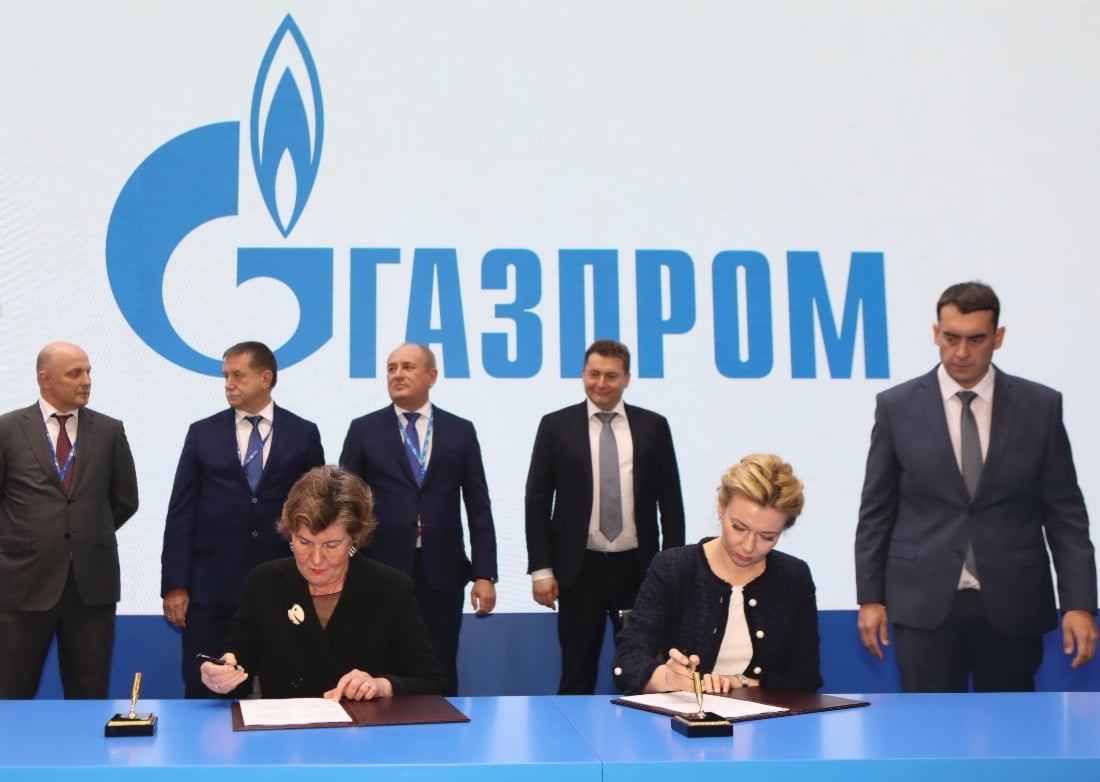
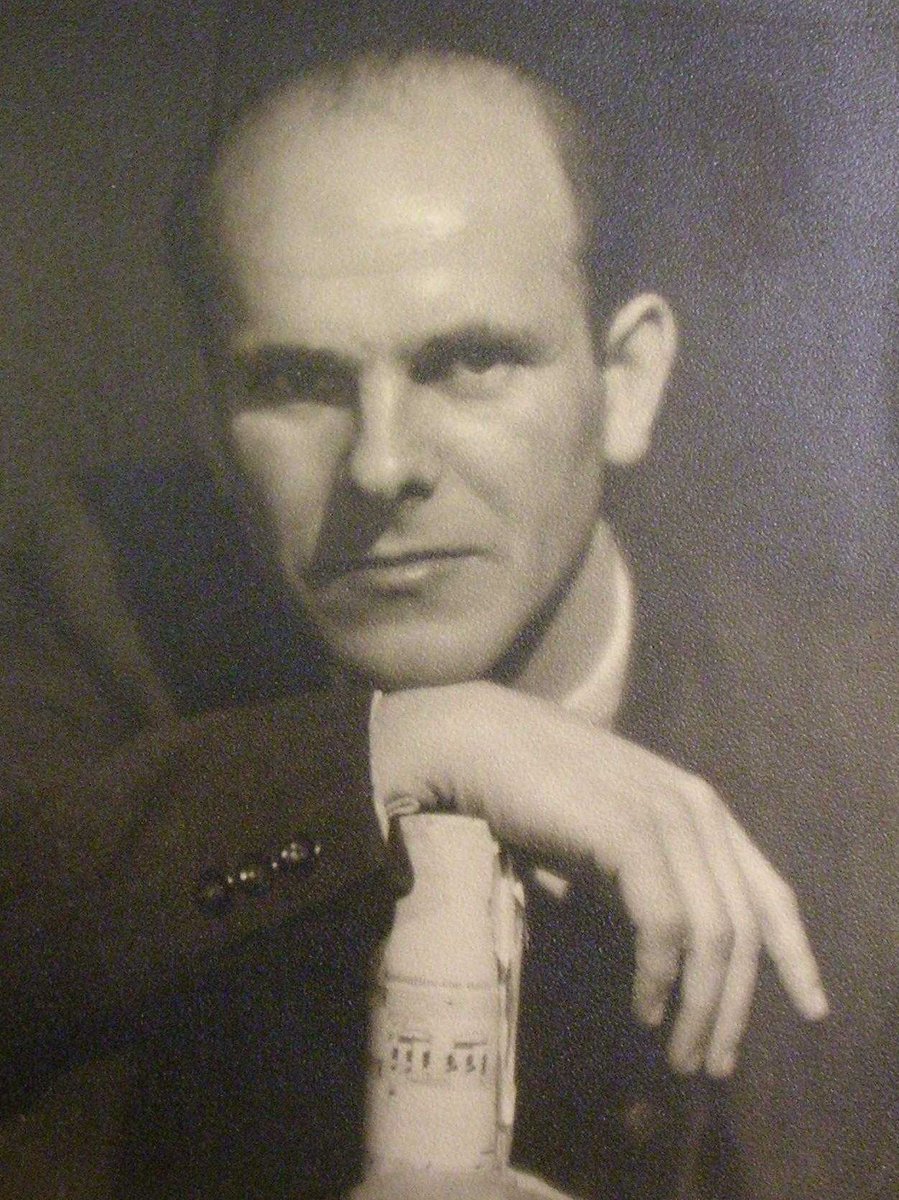
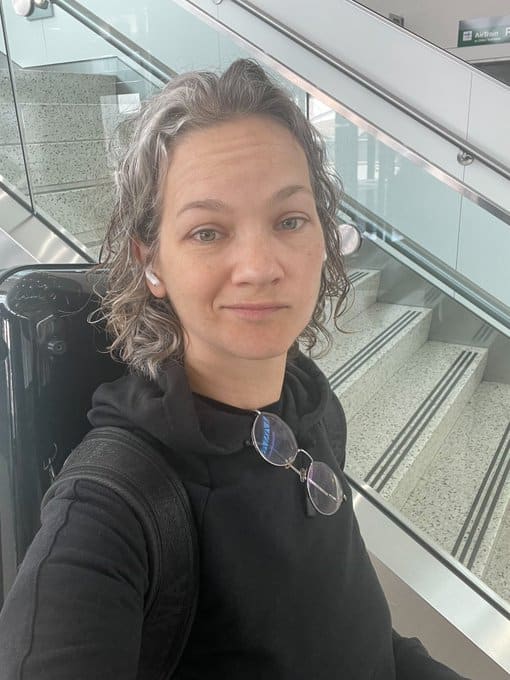

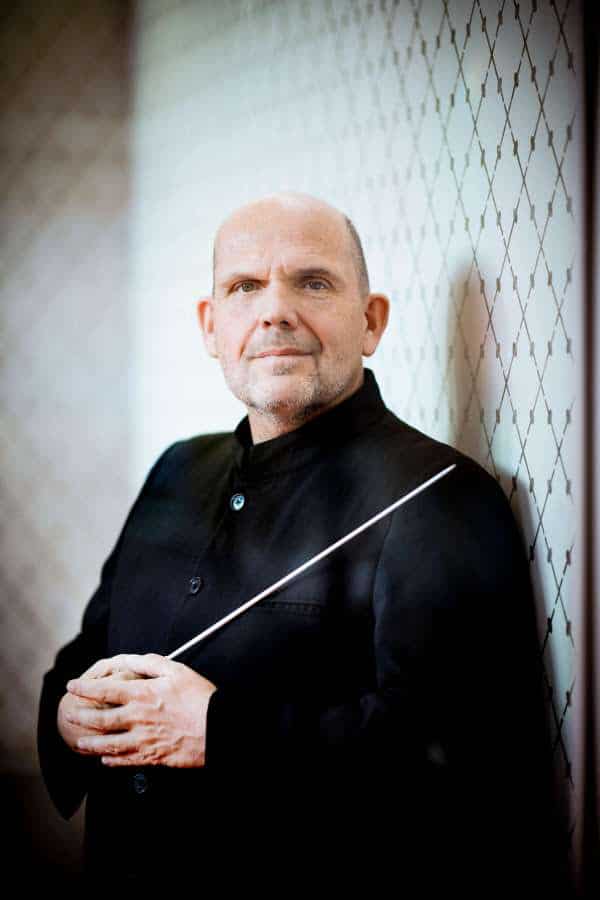
This is peanuts compared with the salaries of business executives.
Sufficiently high salaries. Business execs are crazy.
The toxic parasitic capitalism of our days could be easily reformed and regulated with a few simple measures:
1.) The salaries of the top executive of a company can never be higher than five times that of the median salary in the company and ten times that of the lowest salary.
2.) Investment banking is only investment banking if it is investing…
Steeply progressive tax on gains from trading, inverse to holding time of investment instrument. If held less than a day: 80% tax on gains. If held less than a minute: 99% tax on gains.
We need to reward real entrepreneurship and discourage parasitism.
Our current world order encourages parasites, which is typical for a sick organism.
Wealthy wages, I hope they worth It. I sincerly don’t know.
Below are some examples of other high salaries for arts executives in 2009, as reported in the New York Times. They reflect our system of funding the arts by and for the wealthy. Since the numbers are ten years old, it is probably reasonable to estimate an additional 20% or so to today’s numbers.
* Reynold Levy’s annual compensation to run Lincoln Center topped $1 million.
* Carnegie Hall paid Clive Gillinson more than $800,000.
* Glenn D. Lowry, director of the Museum of Modern Art, earned $2.7 million in the year that ended in June 2008, including several one-time bonuses and the cost of his apartment in the tower beside the museum.
* Occasionally institutions will also pay bonuses tied to performance or longevity, like the $3.25 million given in 2006 to Philippe de Montebello to recognize his 30-year service to the Metropolitan Museum of Art. (His aristocratic name fits well with America’s neo-feudalistic form of arts funding.)
* On top of his $940,000 salary, Michael Kaiser of the Kennedy Center earned a $150,000 bonus, as well as other benefits, for 2009.
* Zarin Mehta’s most recent compensation, for fiscal year 2010, is $807,500. In the fiscal year ending in August 2008 he earned 2.67 million. This reflected his salary in addition to eight years of accumulated deferred compensation.
* Timothy Rub, the director of the Philadelphia Museum of Art earns $450,00.
* George Steel, the general manager and artistic director of New York City Opera receives $360,000 – and from an opera house that just shut down its next season due to a lack of funds.
* In FY2009 the former President and CEO of the Philadelphia Orchestra was piad $447,953.
Most of these numbers are listed in this article:
http://www.nytimes.com/2010/04/26/arts/26comp.html?_r=1&pagewanted=all
Sickening. It shows a thoroughly parasitical mentality – art as a machine for making money.
These are decent salaries — in both senses of the word.
Those salaries aren’t especially high, especially for positions with no job security. U.S. salaries tend to be higher, I would imagine, since they tend to entail a good deal more responsibility for fundraising, which I suspect isn’t a big part of the European positions.
Why would a greater percentage of one’s workload being dedicated to fundraising entail a higher salary? I can’t see the logic.
Only in a money – instead of value – centrist “logic”.
This is not much – I did hear about saleries over 400.000 in Europe!
A few years ago it was reported that the Met pays its unionised stage technicians more than $400k each.
They would make two or three times more in the USA. This is nothing.
It seems obvious that people working in arts administration should not earn more than the average university professor – at most. It has to be assumed they do it out of a dedication to the art form. When salaries get out of proportion, the art form attracts the wrong kind of people who see the art they are supposed to serve, merely as an instrument for making money, and this will affect their choices.